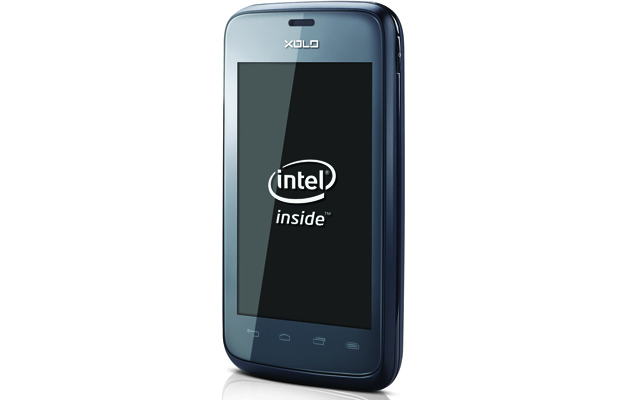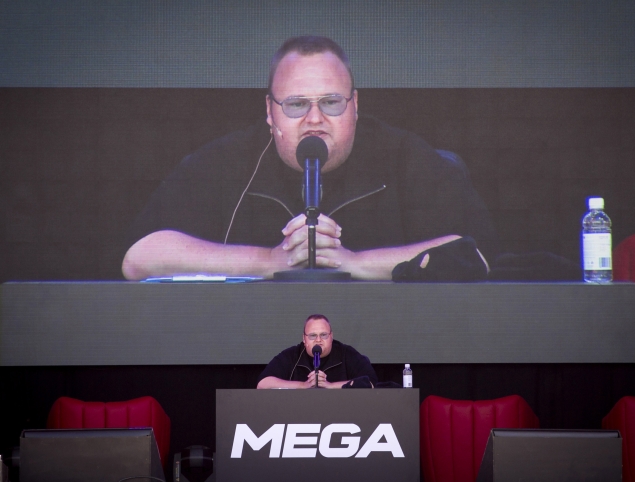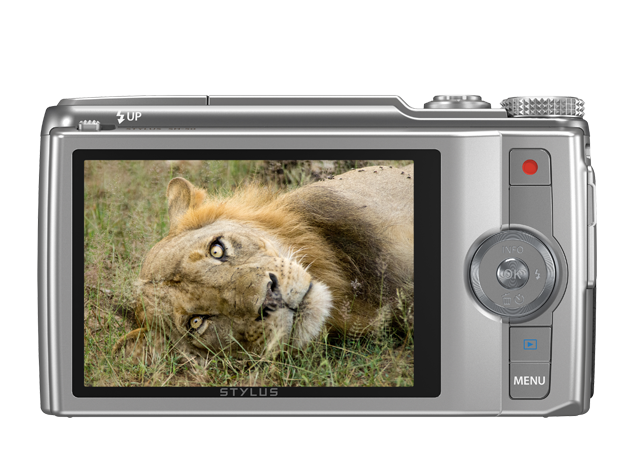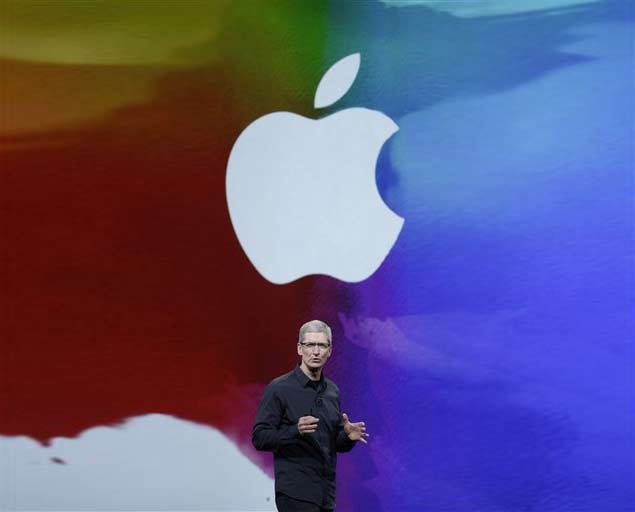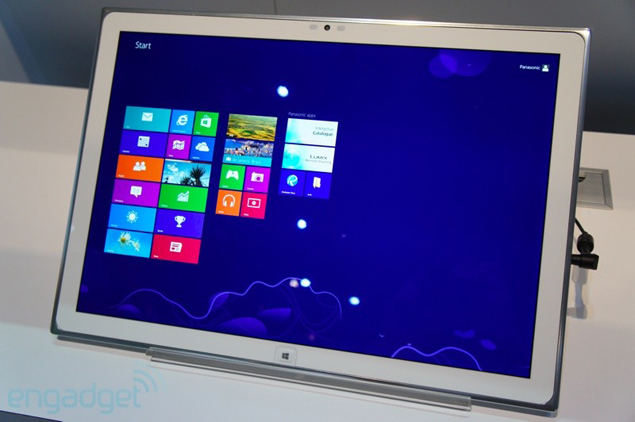
It was just a matter of time for Nokia to carve the initials R.I.P in its Symbian OS and now, the Finnish handset maker has made it official. Alongside releasing its Q4 results, the company stated in itsearrings call report that the Nokia 808 PureView , that garnered all the attention for its monstrous 41-megapixel camera, will be the last Symbian device in the history of the Symbian OS.
The report duly mentioned that the company sold 2.2 million Symbian handsets in Q4 2012. That's half as many as the Lumia Windows-Phone devices at 4.4 million units and less than 14 percent of the overall volume of smartphones totalling 15.9 million.
The company's sales in Greater China suffered a huge crash due to Symbian's decline. "On a year-on-year basis, the decrease in Greater China net sales was primarily due to our Smart Devices business unit, most notably lower net sales of our Symbian devices," Nokia said in its report.
The company's marketing expenses and have been declining on a yearly basis due to decreased attention to Symbian. The report goes on to say, "From an operating system perspective, the year-on-year decline in our Smart Devices gross margin in the fourth quarter 2012 was primarily due to a lower Symbian gross margin."
Prior to touch screen devices, the Symbian OS ruled the roost for quite a long time. The OS was highly noticed in the Nokia 9210 communicator phone followed by QWERTY devices like the E61, E71 and other E-Series phones offering better specs in an attempt to compete with BlackBerry messenger phones.
Nokia evolved further with offering camera phones, the Nokia N95 being the most popular. But by this time, Symbian was nearly hanging by a thread when the company decided to launch the Nokia N8 in its attempt to claw back market share and remain relevant to fast-changing consumers. Even though the device flaunted great camera capabilities, it it never gained momentum because of Android and Apple that had already established their ground. Nokia was dethroned as the mobile leader by Samsung last year.
But what about the Asha line of phones? Well, as per the report, from a total of 79.6 million mobile phones shipped in Q4 2012, 9.3 million were Asha full-touch smartphones. In developing countries like Brazil, Africa and India, the Asha series phones are quite popular since they offer decent specs at highly affordable prices.
"We will continue to innovate around our Asha smartphone line in order to compete with the very lowest levels of Android with assets that we have", says Nokia CEO Stephen Elop.
Nokia recently introduced the Asha 205 and Asha 206 in both single SIM and dual-SIM versions. Both devices reflect Nokia's heritage by combining stylish design and long-lasting battery life.
The Nokia Asha 205 and Nokia 206 are the first mobile phones devices to include Nokia's exclusiveSlam feature, which enables consumers to share multimedia content such as photos and videos with nearby friends almost instantly. Slam works with most Bluetooth-enabled mobile phones without the need to pair devices, and without the recipient needing to also have Slam Nokia commenced shipments of the Nokia Asha 308 and Asha 309, models offering a fluid 'swipe' user interface and an open environment for third-party application development.
Given that Nokia is planning to compete with the Android at the lowest level (which are priced below Rs. 5,000), the company will either have to scale its Windows devices to that level or continue to launch its feature smartphones based on Symbian for some more time. Currently, the cheapest Windows smartphone that is available is the Nokia Lumia 510, which is retailing for Rs. 9,999.
Last year also, Nokia had launched a few low to mid range devices in its Asha series and we believe that will continue to be their strategy for 2013 as well and have Windows Phone OS for their Lumia series.
During our transition to Windows Phone through 2012, we continued to ship devices based on Symbian. The Nokia 808 PureView, a device which showcases our imaging capabilities and which came to market in mid-2012, was the last Symbian device from Nokia.
The report duly mentioned that the company sold 2.2 million Symbian handsets in Q4 2012. That's half as many as the Lumia Windows-Phone devices at 4.4 million units and less than 14 percent of the overall volume of smartphones totalling 15.9 million.
The company's sales in Greater China suffered a huge crash due to Symbian's decline. "On a year-on-year basis, the decrease in Greater China net sales was primarily due to our Smart Devices business unit, most notably lower net sales of our Symbian devices," Nokia said in its report.
The company's marketing expenses and have been declining on a yearly basis due to decreased attention to Symbian. The report goes on to say, "From an operating system perspective, the year-on-year decline in our Smart Devices gross margin in the fourth quarter 2012 was primarily due to a lower Symbian gross margin."
Prior to touch screen devices, the Symbian OS ruled the roost for quite a long time. The OS was highly noticed in the Nokia 9210 communicator phone followed by QWERTY devices like the E61, E71 and other E-Series phones offering better specs in an attempt to compete with BlackBerry messenger phones.
Nokia evolved further with offering camera phones, the Nokia N95 being the most popular. But by this time, Symbian was nearly hanging by a thread when the company decided to launch the Nokia N8 in its attempt to claw back market share and remain relevant to fast-changing consumers. Even though the device flaunted great camera capabilities, it it never gained momentum because of Android and Apple that had already established their ground. Nokia was dethroned as the mobile leader by Samsung last year.
But what about the Asha line of phones? Well, as per the report, from a total of 79.6 million mobile phones shipped in Q4 2012, 9.3 million were Asha full-touch smartphones. In developing countries like Brazil, Africa and India, the Asha series phones are quite popular since they offer decent specs at highly affordable prices.
"We will continue to innovate around our Asha smartphone line in order to compete with the very lowest levels of Android with assets that we have", says Nokia CEO Stephen Elop.
Nokia recently introduced the Asha 205 and Asha 206 in both single SIM and dual-SIM versions. Both devices reflect Nokia's heritage by combining stylish design and long-lasting battery life.
The Nokia Asha 205 and Nokia 206 are the first mobile phones devices to include Nokia's exclusiveSlam feature, which enables consumers to share multimedia content such as photos and videos with nearby friends almost instantly. Slam works with most Bluetooth-enabled mobile phones without the need to pair devices, and without the recipient needing to also have Slam Nokia commenced shipments of the Nokia Asha 308 and Asha 309, models offering a fluid 'swipe' user interface and an open environment for third-party application development.
Given that Nokia is planning to compete with the Android at the lowest level (which are priced below Rs. 5,000), the company will either have to scale its Windows devices to that level or continue to launch its feature smartphones based on Symbian for some more time. Currently, the cheapest Windows smartphone that is available is the Nokia Lumia 510, which is retailing for Rs. 9,999.
Last year also, Nokia had launched a few low to mid range devices in its Asha series and we believe that will continue to be their strategy for 2013 as well and have Windows Phone OS for their Lumia series.
Source: gadgets.ndtv.com


